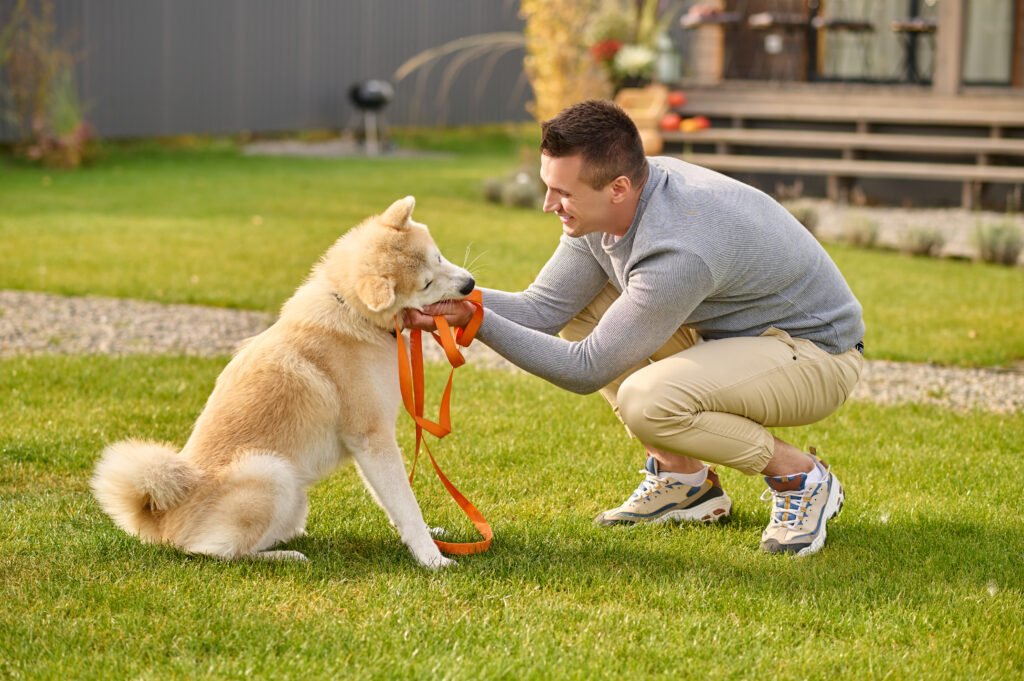Table of Contents
ToggleUnderstanding Pets Training And Behaviour:
The Foundation of Pet’s Training And Behaviour Training
Before beginning any pet behavior training, it’s crucial to understand how your pet communicates with the world around them. Animals, like humans, express their feelings through body language, vocal cues, and energy. A dog wagging its tail, a cat purring contently, or a bird chirping excitedly are all signs of emotional expression. These subtle cues help us identify when our pets are happy, anxious, scared, or even unwell. Misreading or ignoring these signals often leads to confusion, behavioral issues, or a breakdown in trust.
By observing your pet closely, you begin to recognize patterns and reactions that guide better training methods. This foundational knowledge is essential for any successful pet behavior training program. When you train based on understanding rather than control, your bond with your pet becomes stronger, more respectful, and filled with mutual trust. In the end, communication is the key to every positive relationship—including the one with your furry companion.
Why Pets Training And Behavior Matters
“Understanding your pet’s emotional health is the first step toward successful pet behavior training. Ignoring behavioral signs often leads to stress, aggression, and broken trust.”
- Behavior reflects your pet’s emotional health
- Unmanaged behavior leads to stress and aggression
- Good behavior improves the bond between pet and owner
The Golden Rule: Positive Reinforcement Training
The most effective training technique is positive reinforcement. This means rewarding your pet when they do something right.
Examples of Positive Reinforcement
Treats: Give small food rewards
Praise: “Good boy/girl!” with a happy tone
Toys: Let them play with their favorite toy after success
Clicker: Use a clicker sound to mark correct behavior
Never use punishment. It creates fear, breaks trust, and often worsens behavior.
Basic Commands Every Pets Training And Behaviour Should Know
Training should start early, whether you have a puppy, kitten, or older rescue. Here are essential commands for dogs and cats.
Training And Behaviour For Dogs
Sit: Builds discipline and control
Stay: Prevents sudden movement in dangerous situations
Come: Useful for recall during outdoor walks
Leave it: Helps avoid dangerous items or food
Training And Behaviour For Cats
Come when called: Train with treats and repetition
No: Use a firm voice when stopping unwanted behavior
Litter box use: Show the location consistently, reward use
Dealing with Common Behavioral Issues
- Separation Anxiety
Signs: Excessive barking, chewing, or scratching when left alone
Solution: Start with short absences and gradually increase time. Use calming toys.
- Aggression
Signs: Growling, snapping, or biting
Solution: Identify triggers (e.g., strangers, loud noises). Consult a pet behaviorist if needed.
- Excessive Barking or Meowing
Signs: Constant vocalizing without reason
Solution: Identify cause (boredom, hunger, attention-seeking). Increase playtime and mental stimulation.
Crate Training: A Helpful Technique
Crates are not cages; they are safe spaces. When used correctly, pets learn to see crates as comfort zones.
- Benefits of Crate Training
- Reduces anxiety
- Aids in potty training
Keeps pets safe when unsupervised
Socialization: An Often Ignored Key
Expose your pet to new people, places, and animals. Socialization builds confidence and reduces fear-based behavior.
Tips:
- Start slow and short
- Use treats and praise
- Never force interaction
Consistency is Key
Training is not a one-time event. It’s a daily habit. Be patient and consistent.
Do’s
- Use the same command words
- Train at the same time daily
- Reward immediately after good behavior
Don’ts
- Don’t punish or yell
- Don’t confuse with too many commands
- Don’t give up too soon
Professional Help: When to Consider It
If training doesn’t work or behavior becomes aggressive, consult a certified pet trainer or animal behaviorist. Early intervention prevents long-term problems.
Conclusion
Pet training and behavior go hand in hand. Understanding your pet’s emotions, using positive reinforcement, and being consistent builds a happy and obedient companion. Whether you’re in a busy New York apartment or a quiet home in Texas, these tips can help your pet live a healthier, well-behaved life.




